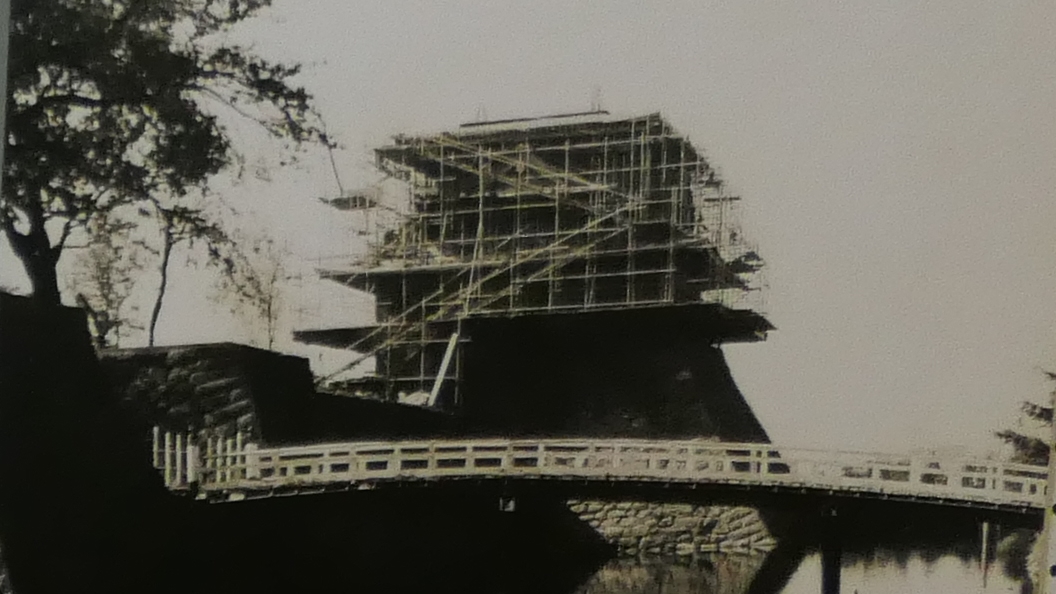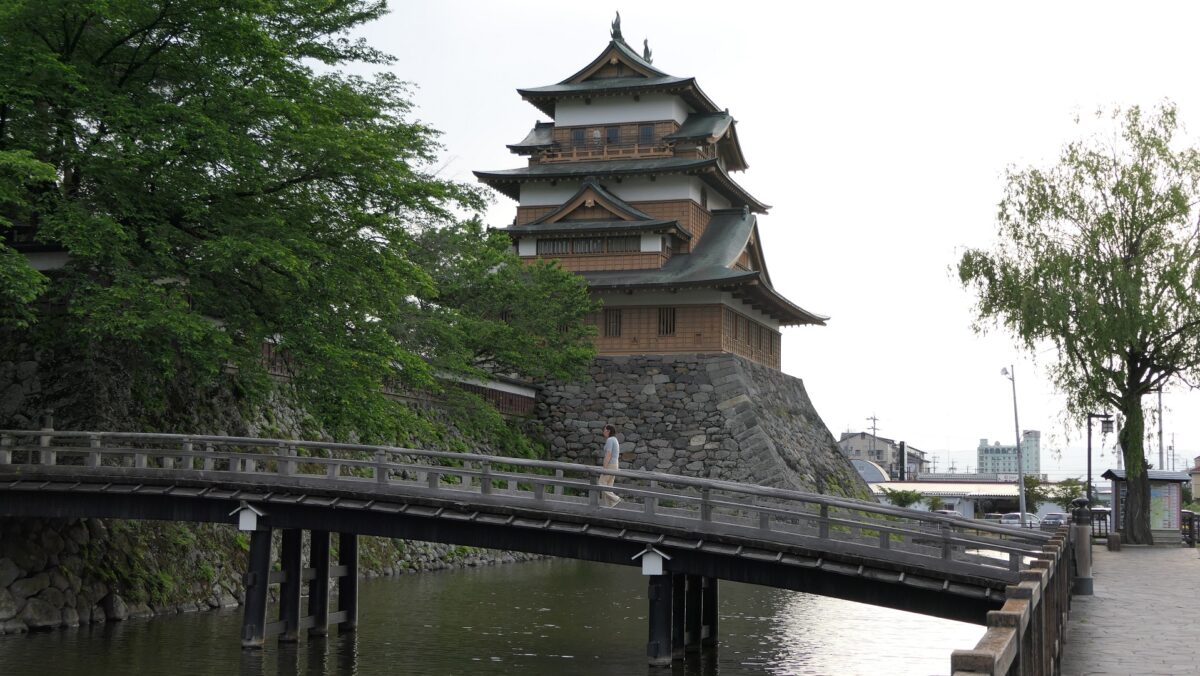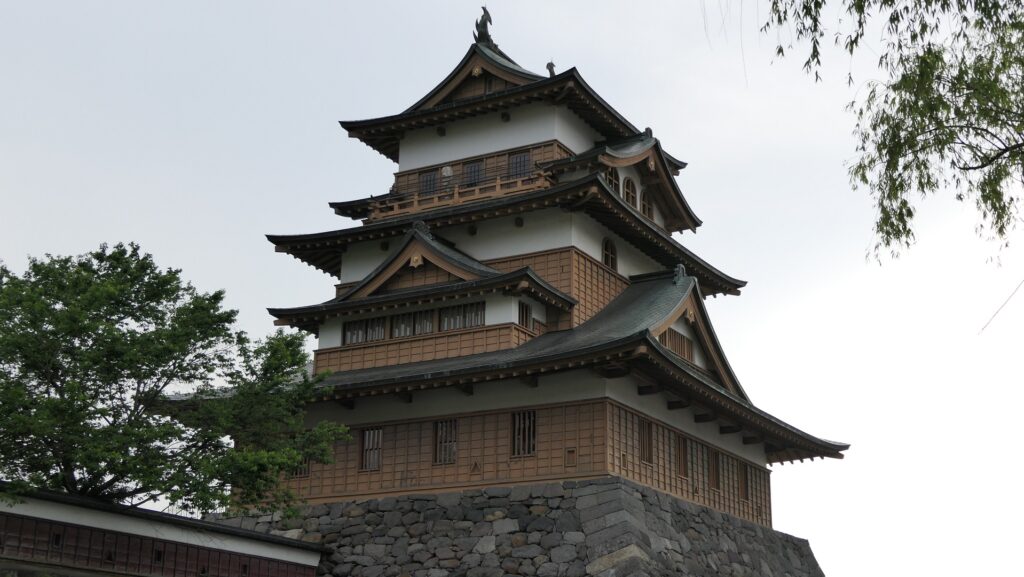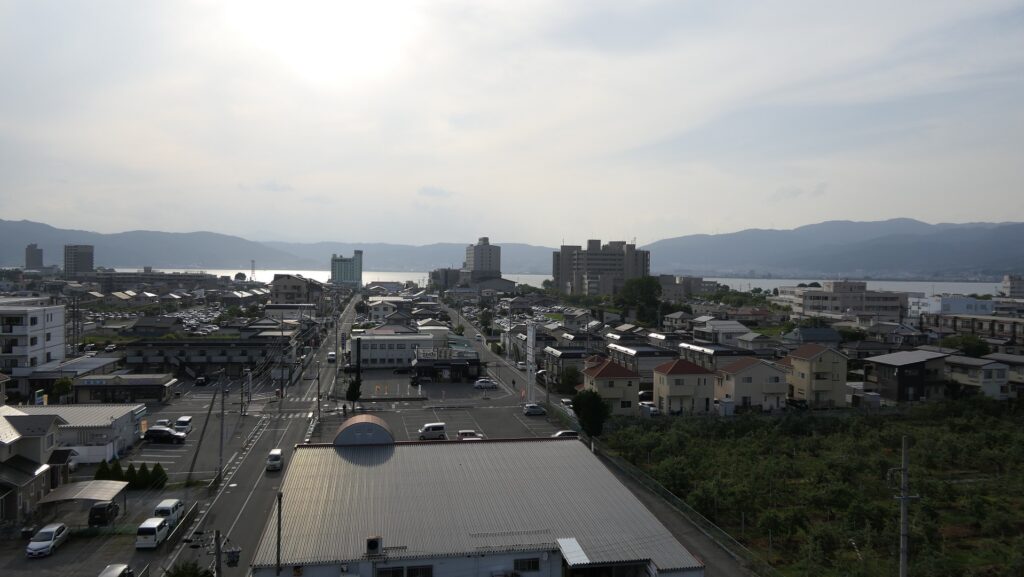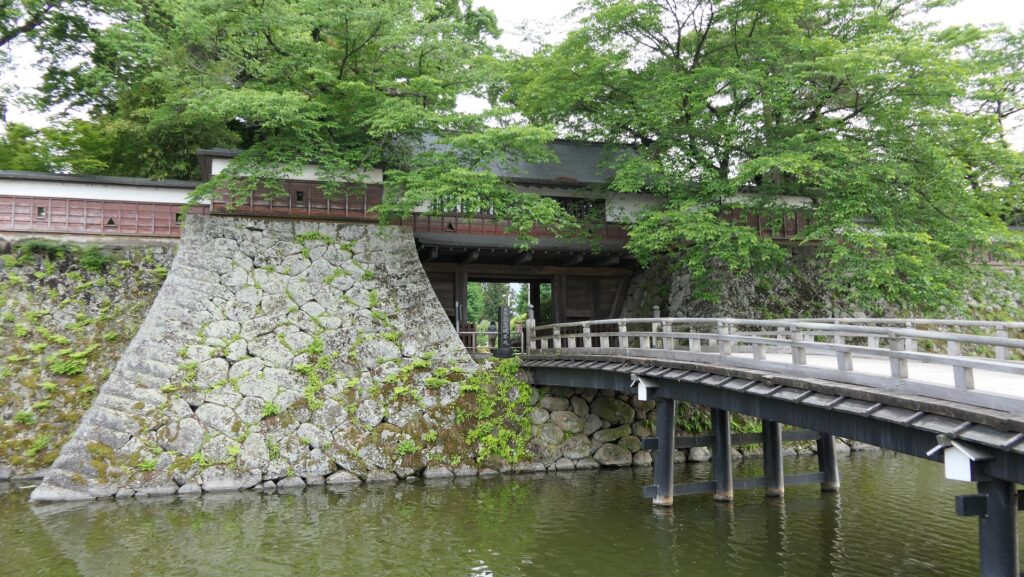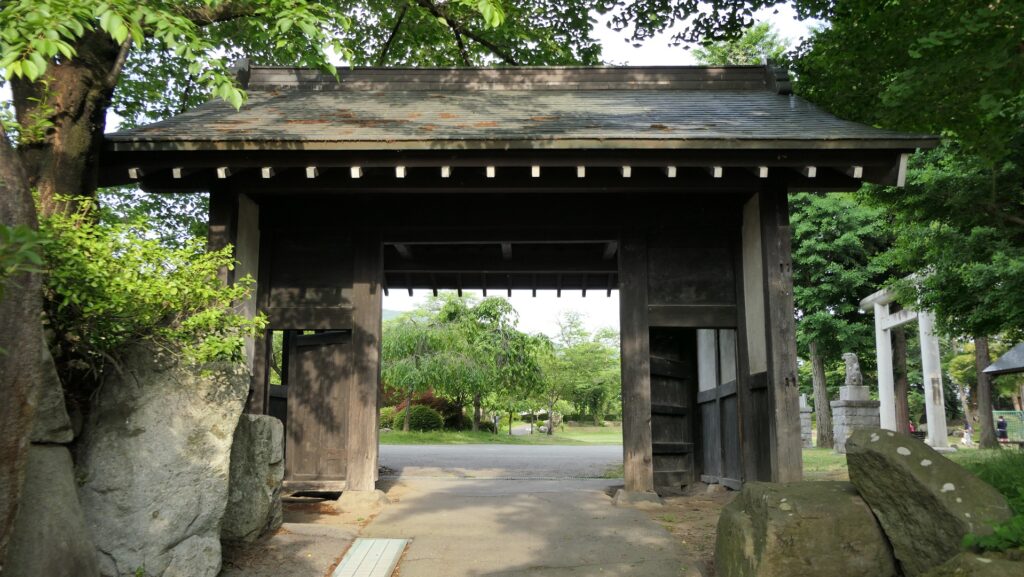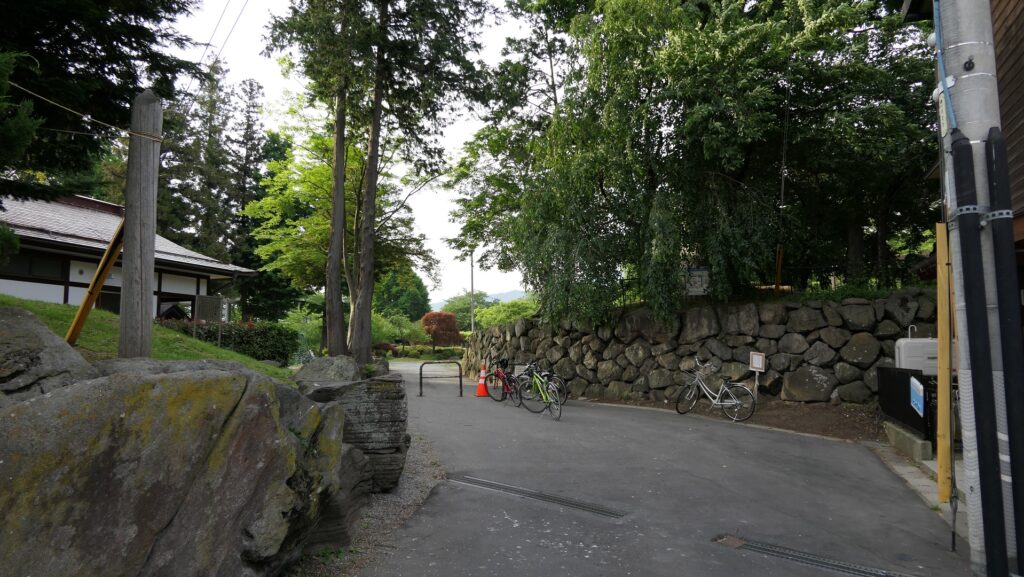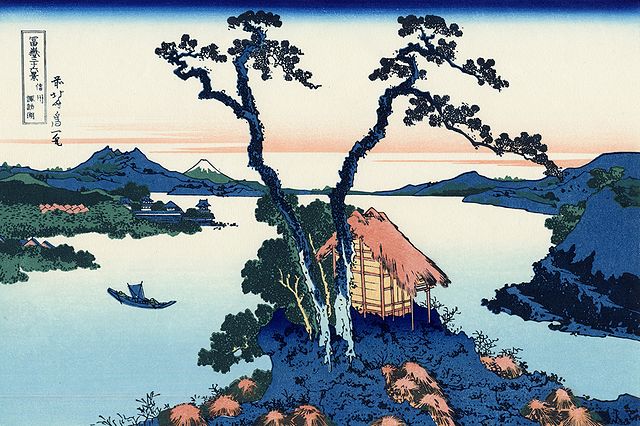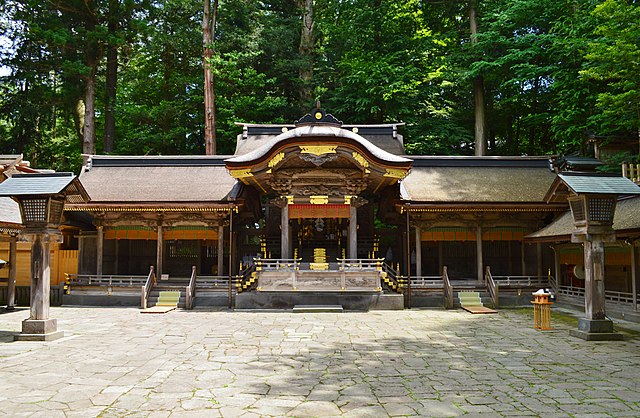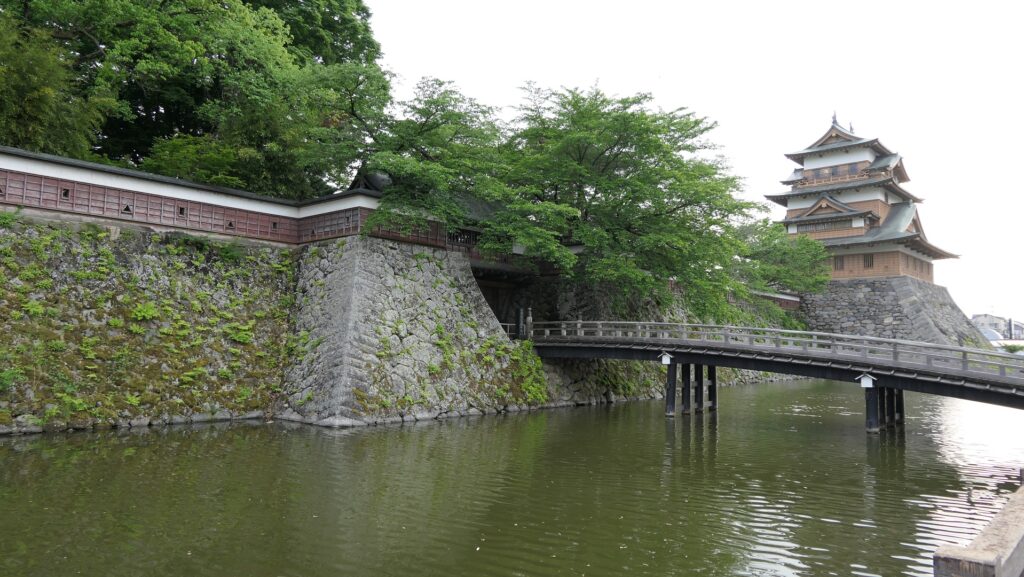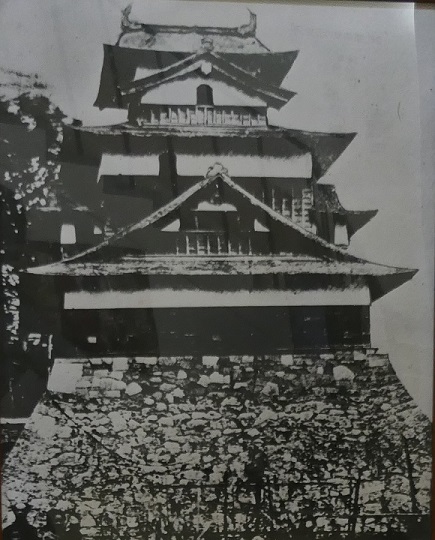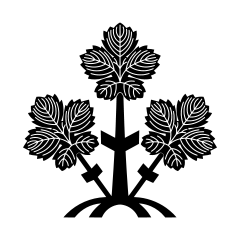Later History
After the governance by the Suwa Clan in the Edo Period, Takashima Castle was abandoned and almost all of the buildings in the castle were demolished. The Main Enclosure became Takashima Park in 1876, and Suwa-Gokoku Shrine was founded in it in 1900. Other enclosures were turned into the city area. After World War II, the mayor of Suwa City asked its citizens for donation to rebuild some areas of the castle. Over half of them responded to it, and the park became what we now see. This site has been intact since 1970.
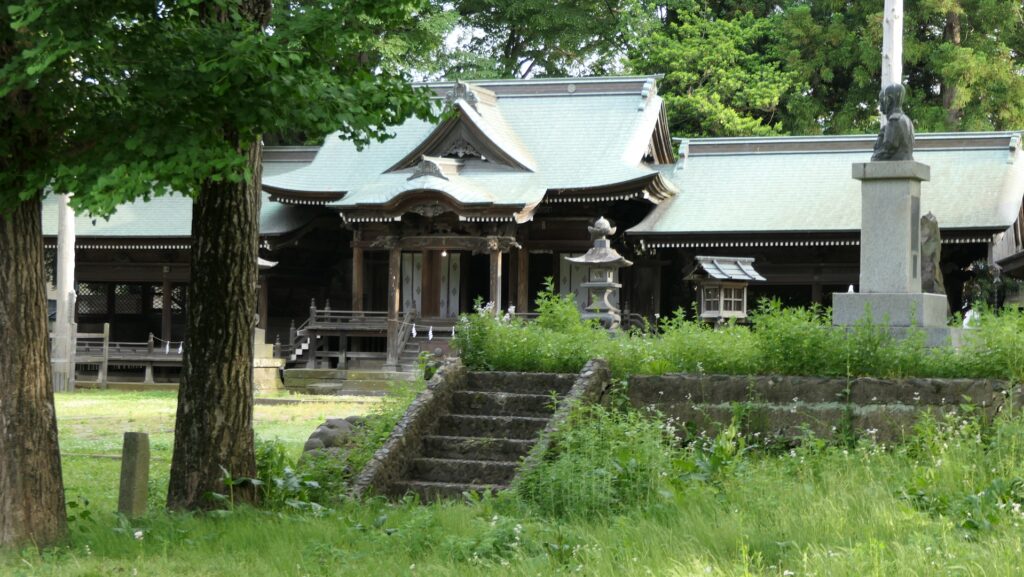
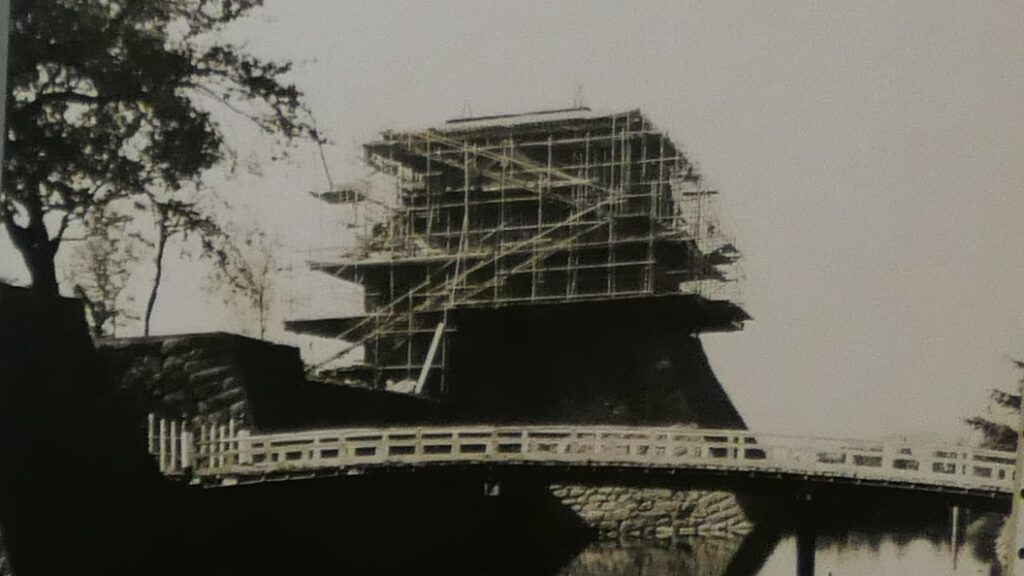

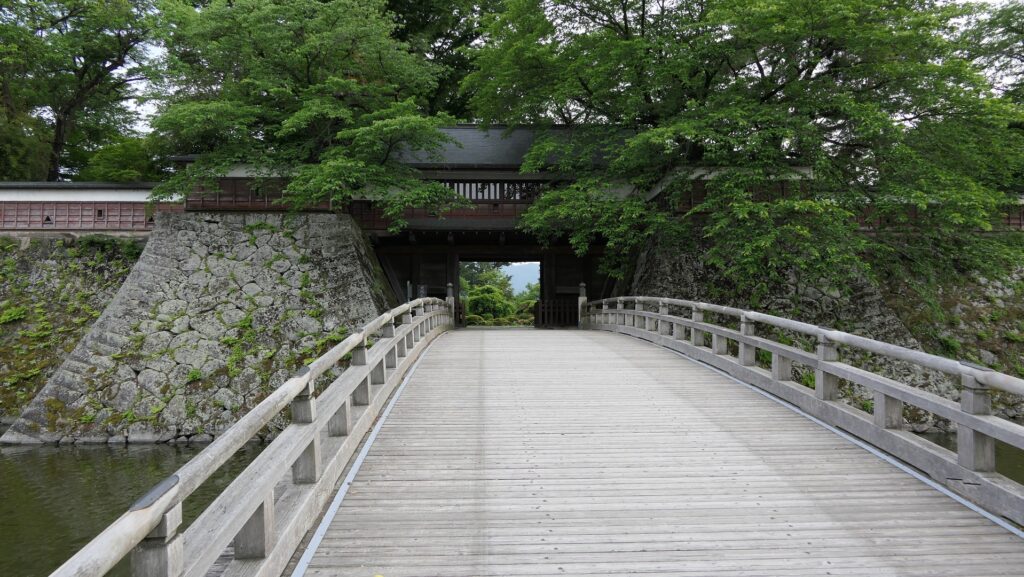
My Impression
Takashima Castle may be less popular than Suwa Lake and Suwa-taisha Shrine. I was actually surprised to know the castle was beside the lake in the past. I also imagine people in the past must have been surprised to see the great castle being built beside the lake. Suwa Lake was said to be over three times larger in the Ancient Times than now. That means people in this area have been continuing to reclaim land for a very long time. Takashima Castle was certainly one of the process.

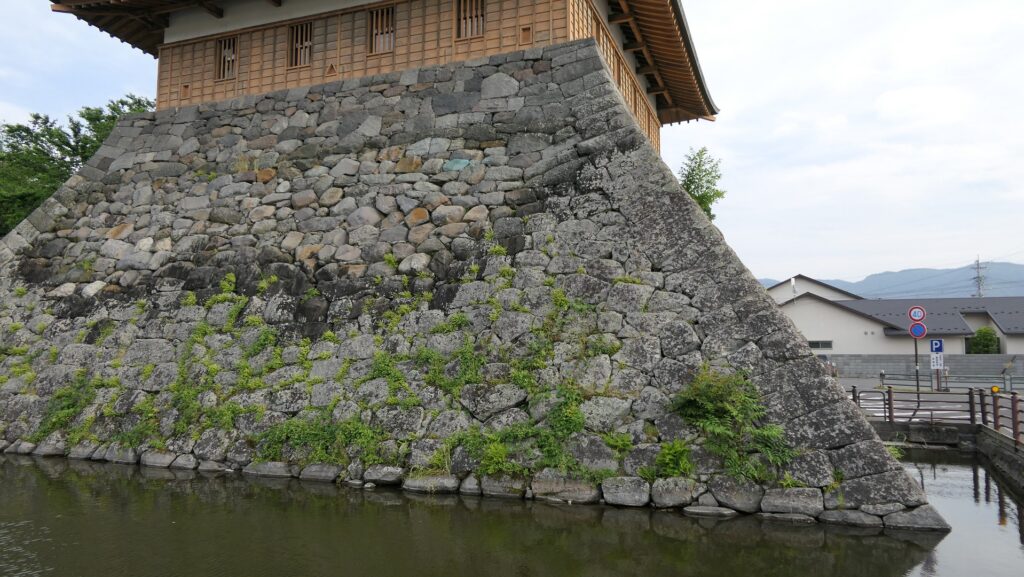
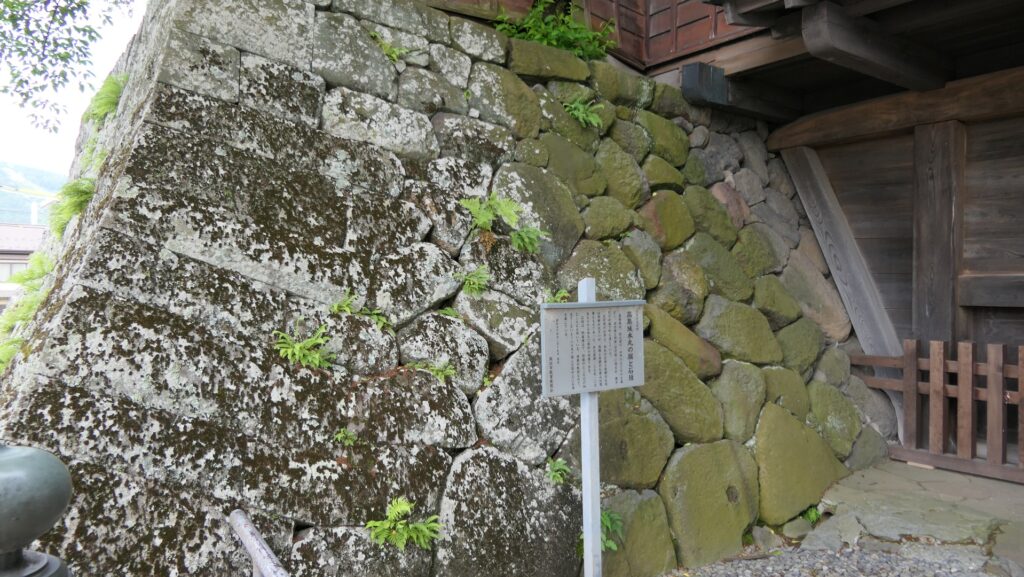
How to get There
If you want to visit there by car:
It is about 15 minutes away from Suwa IC on the Chuo Expressway.
Takashima park offers a paking lot.
By train, it is about 10 minutes away from JR Kamisuwa Station on foot.
To get to Kamisuwa Station from Tokyo: Take the limited express Azusa or Kaiji at Shinjuku Station.
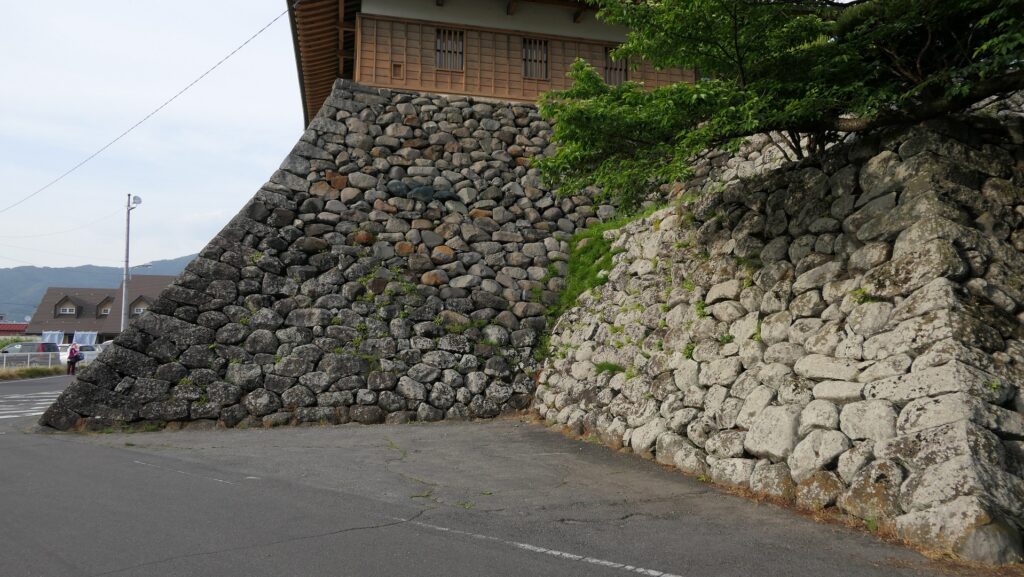
Links and References
・Suwa Takashima Castle (Official Website, you can download the “Takashima Castle leaflet in English”)
That’s all. Thank you.
Back to “Takashima Castle Part1”
Back to “Takashima Castle Part2”

